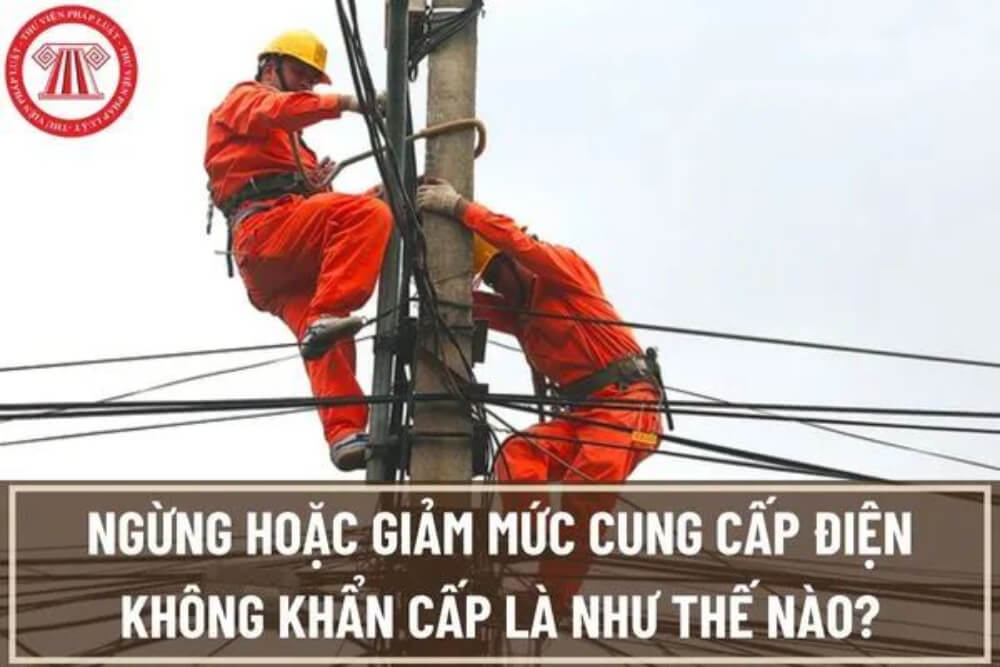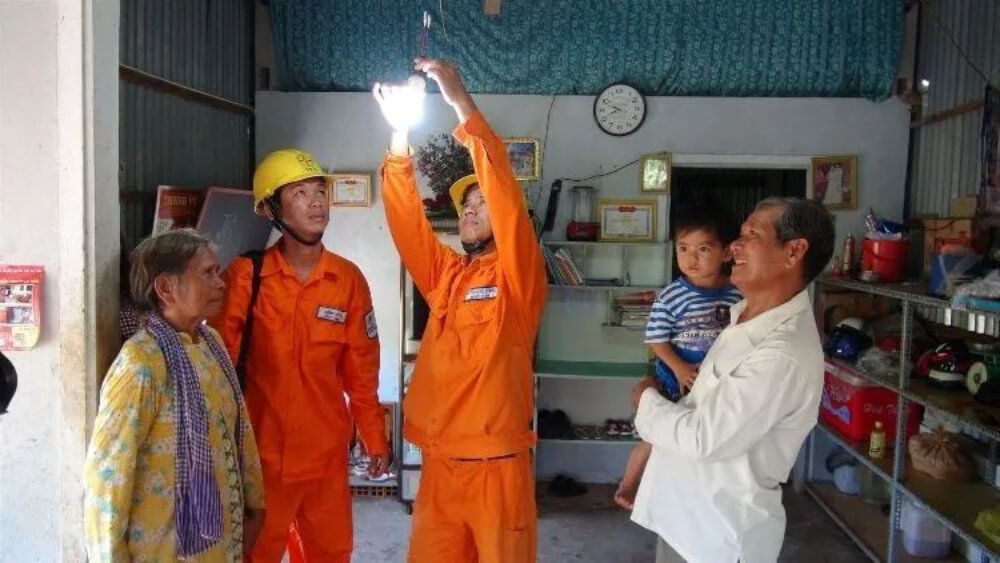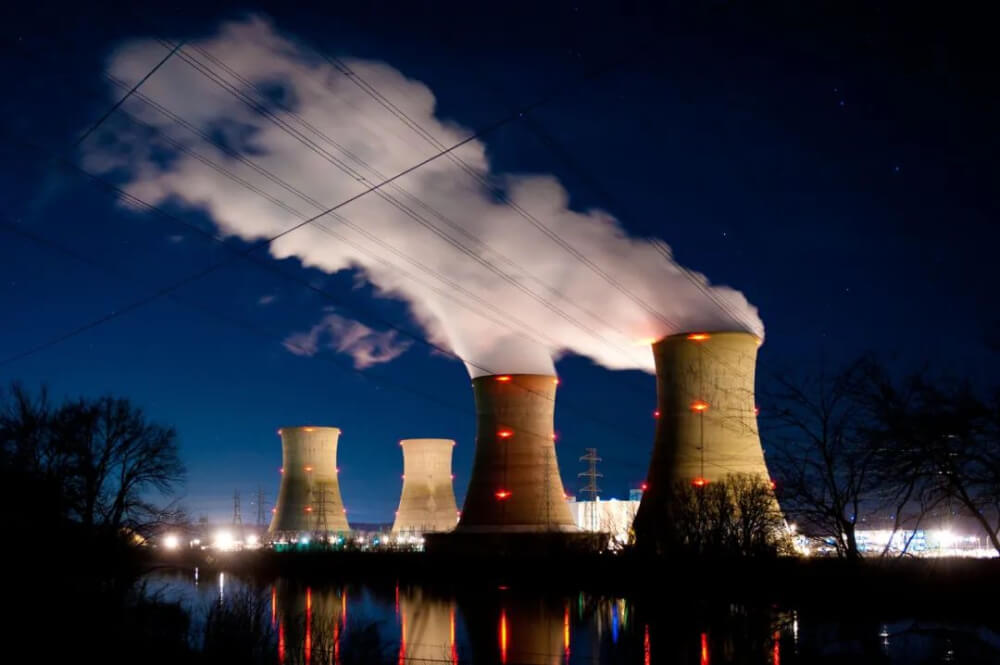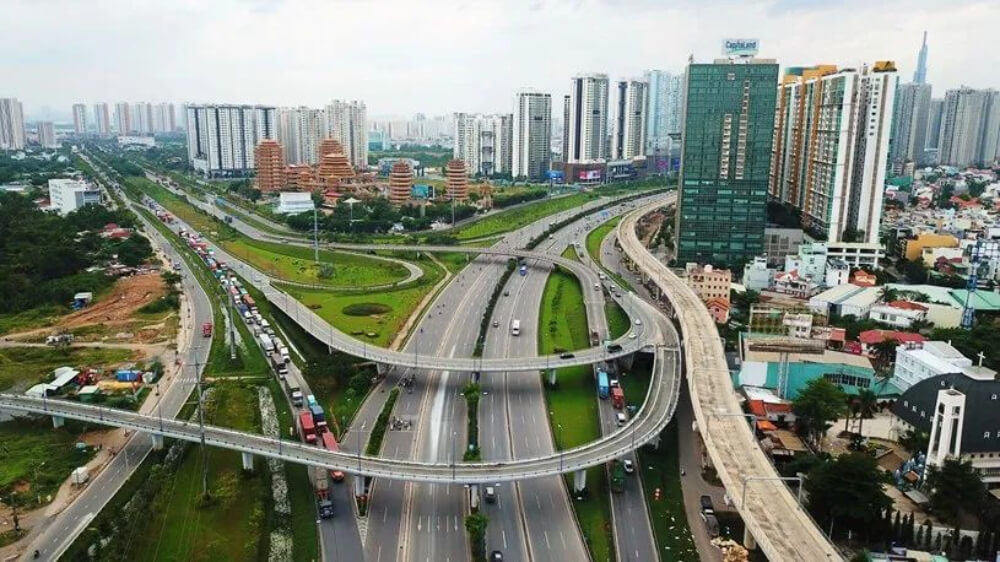Some thoughts on the recent large-scale power outages in many parts of Vietnam
 namkoo solar
namkoo solar
Overview of recent large-scale power outages in many parts of Vietnam

The main reason for the recent large-scale power outages in many parts of Vietnam is the impact of Typhoon Tropical Depression. The typhoon and tropical depression triggered intense rainfall and storms, causing damage to Vietnam's power grid facilities and line disruptions, as well as forcing many power plants to shut down.
According to the Electricity Company of Vietnam, the power outage involved 27 provinces and municipalities throughout the country, with major cities such as Hanoi, Ho Chi Minh City, Da Nang and Dalat being affected. The power outages lasted from a few hours to several days, causing a great impact on the production and life of local people.
In addition to the weather factor, the deficiencies of Vietnam's power sector were also a major cause of the blackouts. Vietnam's power supply system has many problems, including intermittent grid incidents, old transmission lines, and aging power equipment. In addition, Vietnam's electricity demand is growing at a faster rate, and the construction of power facilities cannot keep up with the market demand, which also exacerbates the occurrence of power outages.
Vietnam has increased the construction of electricity infrastructure in recent years, but why is it still facing large-scale power outages?
Although Vietnam has increased investment and construction of electricity infrastructure in recent years, it is still difficult to meet the rapidly growing demand for electricity in the short term. Specific reasons are as follows:
Fast growth of electricity demand: Vietnam's economy is growing rapidly and the demand for electricity is growing with it. According to statistics, Vietnam's annual growth rate of electricity demand is about 8%, which is much higher than the country's growth rate of electricity production. Therefore, the shortage of electricity supply is one of the major problems facing this country.
Lagging power infrastructure: Vietnam's power infrastructure is lagging behind the needs of economic development. The country's power generation facilities, transmission lines, substations and other infrastructure are seriously lagging behind, resulting in insufficient power supply capacity, as well as low reliability of the power network.
Weather: Vietnam is located in a tropical and subtropical climate with high temperatures and rainy summers, which can lead to a sharp increase in electricity consumption and also easily lead to problems in the power supply system.
Poor governance: There are still many loopholes and problems in the management, supervision and regulation of Vietnam's electricity industry, which can easily lead to some enterprises and individuals obtaining unreasonable rights and interests in electricity consumption through irregular means and occupying excessive electricity resources.
The technical level needs to be improved: The relatively low technical level of Vietnam's power industry has led to the emergence of problems such as difficult maintenance and slow fault repair, further aggravating the problem of power outages.
The condition of urban transmission lines in Vietnam is generally good, but there are still some problems. Transmission facilities in some cities have been upgraded and renovated, and poles and cables have been replaced, resulting in a significant improvement in the quality of electricity supply. For example, Hanoi, the capital city of Vietnam, has undergone a massive renovation of its power grid, including the replacement of equipment such as poles, cables and transformers to accommodate urbanization.
However, in some older urban and industrial areas, there are still some problems with aging transmission lines, outdated equipment and poor power quality. These problems may at times lead to power outages, line failures and even safety hazards, and require renovation and equipment renewal.
To improve transmission facilities in cities, the Vietnamese government has developed a series of plans and policies, including capital investment, undergrounding, equipment renewal, and technology upgrades. These measures can help the transmission facilities in Vietnam's cities better meet people's electricity needs and promote urban development and economic prosperity.

During power outages, Vietnamese people have adopted a variety of ways to cope with power outages:
Using backup power: Many Vietnamese households and businesses are equipped with backup power sources such as generators and batteries, making it possible to continue using electricity during power outages.
Saving electricity: Vietnamese people also took measures to save electricity during power outages, such as turning off unnecessary electrical equipment, turning up the temperature of air conditioners, using lamps with low energy consumption, etc.
Stockpiling supplies: Some residents and businesses will stockpile essential supplies, such as food, drinking water, medicine, etc., in advance in case of emergency.
Help from power companies: During power outages, Vietnam's power companies set up hotlines for people to seek help. Some people will use the hotline or the official website to check the time of power outage and the progress of power restoration.
Community cooperation: Some community members work together to respond to power outages, such as organizing community patrols, working together to repair distribution facilities, or providing support and assistance.
Overall, during the blackout, the Vietnamese people adopted a variety of approaches to mitigate the effects of the blackout and demonstrated a spirit of solidarity and cooperation.
In recent years, there has been a real increase in the number of Vietnamese people purchasing solar-charged fans from China. The solar-charged fan is an environmentally friendly and energy-efficient fan that can be charged by using natural solar energy, reducing dependence on traditional power sources. In Vietnam, solar-charged fans have become a popular choice due to the hot climate and the need for heavy use of electric fans to cool down in the summer.
It is known that many Vietnamese residents often purchase solar-charged fans from Chinese electrical sales websites or trading platforms. These fans are moderately priced, of consistent quality and easy to use. After purchase, Vietnamese residents can recharge the fan by placing it in the sunlight, without the need for an additional power source.
Despite some quality and safety concerns, the demand for solar-powered fans continues to grow in Vietnam. With the popularity of environmental awareness and low-carbon lifestyle, the development prospect of solar-charged fans in the Vietnamese market is also very promising.
Are Vietnamese people buying Chinese rechargeable fans related to power outages in Vietnam?
It can be said that there is a certain correlation between the Vietnamese people buying Chinese rechargeable fans and power outages in Vietnam. The temperature in Vietnam is high in summer, so residents need to use a lot of electric fans and air conditioners to cool down. However, the electricity supply in Vietnam is unstable and the total power generation capacity is insufficient, resulting in frequent power outages. In this case, solar-charged fans have become an alternative that can be charged using natural solar energy without relying on the electricity supply.
Although the Vietnamese government has taken some measures to improve power supply and stability in recent years, the problem of power outages has still not been fully resolved. Therefore, an important reason for the Vietnamese people to purchase Chinese rechargeable fans is to be able to continue to use the fans in case of power outages to maintain the temperature and air circulation in the room. In addition, solar-charged fans have the advantages of environmental protection and energy saving, which also meet the current demand of more and more people for low-carbon and green living.
How Vietnam's frequent power outages affect its investment environment
Vietnam's frequent power outages have a negative impact on its investment environment. Power outages affect the normal production and operation of enterprises and factories, reducing their productivity and competitiveness. In the long run, this will have a negative impact on Vietnam's economy and investment environment, making more companies and investors reluctant to invest and locate their production in Vietnam. In addition, power outages have also brought pressure and criticism to the Vietnamese government, as the government is unable to provide a stable energy supply.
Therefore, in order to improve the investment environment, the Vietnamese government needs to take measures to solve the problem of power outages, such as strengthening investment in electricity infrastructure, improving the efficiency of electricity production, and increasing energy diversification. These measures can improve the stability of energy supply and energy security in Vietnam, thus attracting more investors and enterprises to invest and develop their business.

Are Vietnam's power outages a slap in the face to the idea of Vietnam's rise?
It is true that the blackout problem has had a negative impact on Vietnam's economy and development, but this does not completely negate the idea that Vietnam is rising. As a developing country, Vietnam's economic growth rate has remained high over the past few years, attracting a large number of foreign investments and investors. The Vietnamese government has also been actively promoting economic reforms and development programs to improve the country's competitiveness and attract more investments.
However, the power outage problem has exposed Vietnam's weaknesses in infrastructure and energy, temporarily affecting the speed and quality of its development. The Vietnamese government should take the blackout issue seriously, strengthen its power infrastructure, and improve the stability and efficiency of energy supply so as to guarantee the rapid development of its economy and enhance its international competitiveness. In the process, Vietnam can also learn from the experience of other countries to accelerate sustainable development in order to achieve a higher level and more sustainable development.

Is it true that I heard that the current power transmission facilities in Vietnam are very poor and that the wires in the streets are like spider webs?
Vietnam does have some problems with its power transmission facilities, including aging transmission lines and corroded poles, leading to frequent power outages and power quality problems. At the same time, there are inconsistencies in the erection of power lines in urban and rural Vietnam. In some cities, power lines are erected at higher heights, while in some rural areas, they are erected at lower heights. As a result, in some places, power lines are intertwined in the air and look like a spider web.
However, it is also important to note that Vietnam is currently increasing its infrastructure development and improvement efforts, especially in the area of electricity. For example, Vietnam has invested a lot of money to improve electricity equipment and networks, and the quality of electricity supply has been greatly improved. At the same time, the Vietnamese government is also actively promoting urban and rural power line renovation and upgrading programs to improve power supply and enhance the quality of life of urban and rural residents.

Therefore, although Vietnam still has some problems in power transmission facilities, the government is taking measures to solve these problems in order to accelerate the country's economic development and improve people's living standards.



































